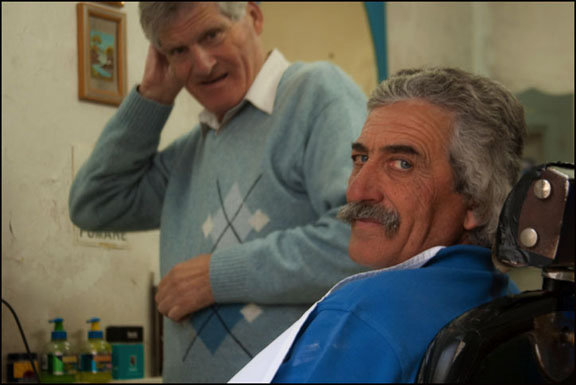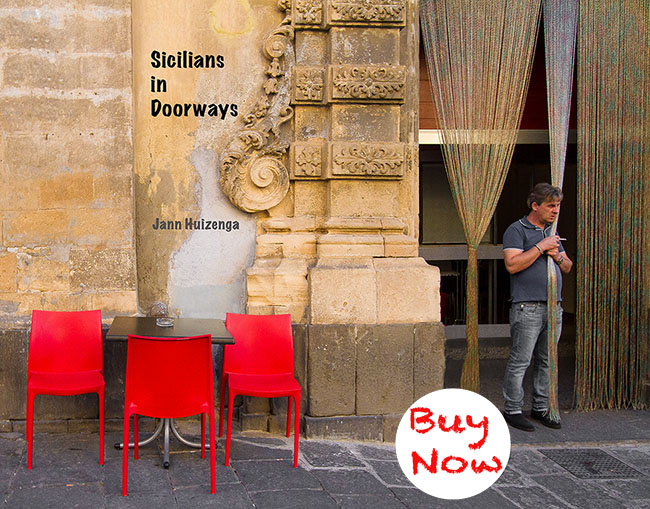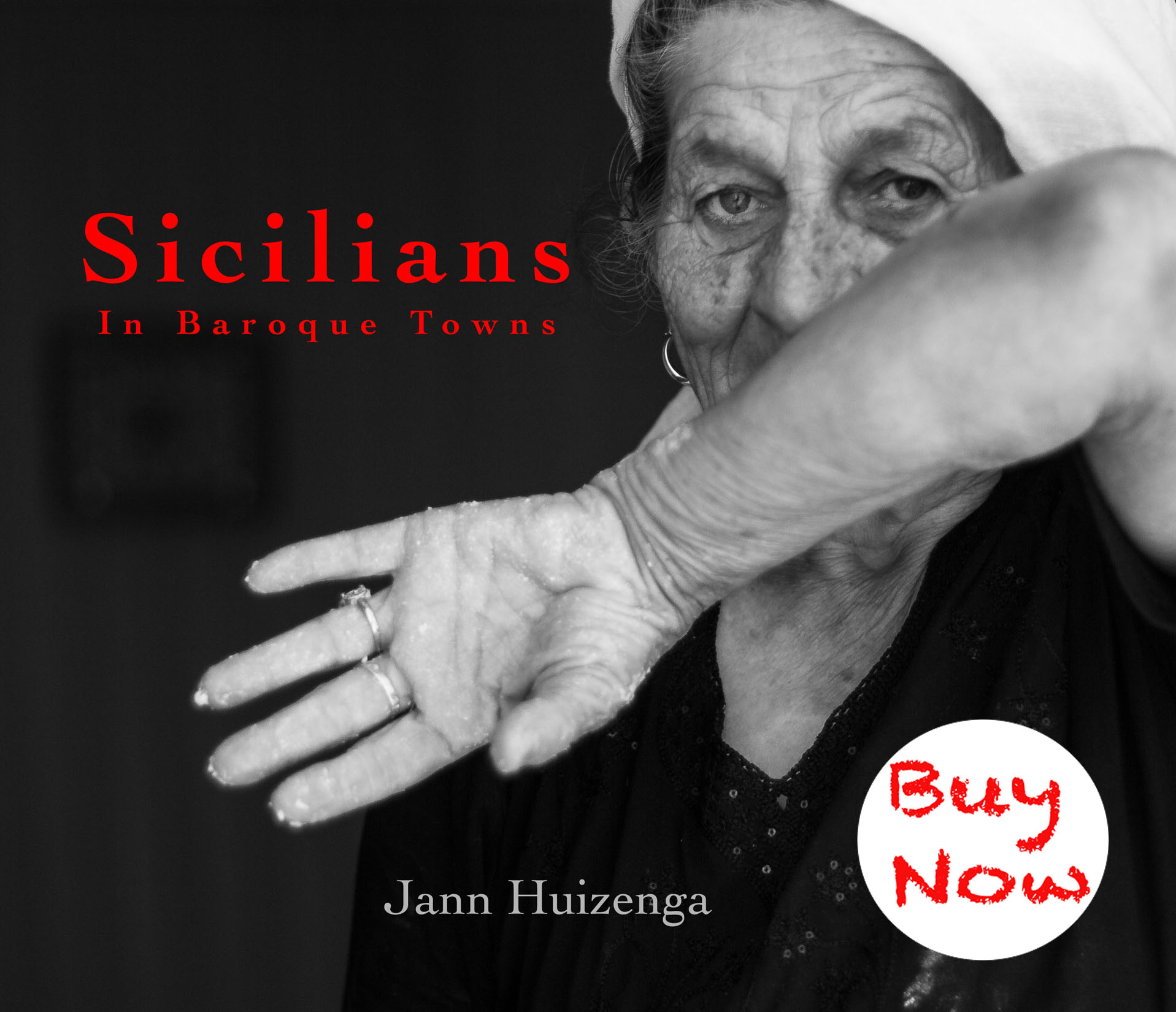March 30, 2010
Surprise! The 20th-century layers have been chipped off my walls, and I think we’ve found—in addition to big old blocks of Norman stone—some traces of Arab architecture.
North African Moors ruled Sicily for only a couple of centuries more than a millennium ago, but their influence on the island was, and is, huge.
Before I show you my little discovery, take a good look, if you will, at these keyhole-shaped doorways in North Africa.

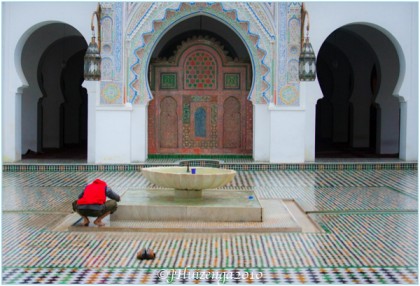
OK, now compare those doorways with the one below in my house. The arch shape turned up when we pulled off the modern wooden door frame. Don’t you think it looks vaguely Moorish in design?
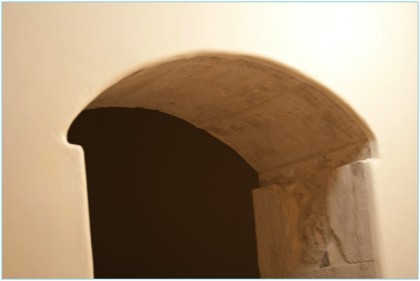 It’s not as beautiful as those North African doors, I know, and the curved thingamajig is way up top rather than in the middle of the arch, but still … it makes me wonder. It’s certainly not a pure Roman or Greek arch (more on that below).
It’s not as beautiful as those North African doors, I know, and the curved thingamajig is way up top rather than in the middle of the arch, but still … it makes me wonder. It’s certainly not a pure Roman or Greek arch (more on that below).
I now have three of these vaguely Moorish arches on the top floor of my casa.
The house is a historical puzzle. The top floor, I’m quite sure, was built sometime soon after the 1693 earthquake that leveled not just Ragusa Ibla, but much of southeast Sicily. As I’ve mentioned earlier, the stone blocks in this doorway and elsewhere in the house were looted from the Norman castle that stood on this site and crumpled in that quake. (I know this only because neighbors have told me.)
So, assuming the above timeline, this means that 700 years after the Moors left Sicily, local Sicilian builders still carried traces of their Arab heritage in their builders’ DNA.
Everything here is so knotted and twisted together; it’s hard to tease out the many strands of history from all the superimposed cultures and styles. Layers upon layers—that’s what Sicily is all about.
The house becomes older the lower you go. The bottom floor used to be a cantina, a place where wine was made and stored (soon to be guest quarters). The arch down there seems Greco-Roman in style, an uninterrupted curve.
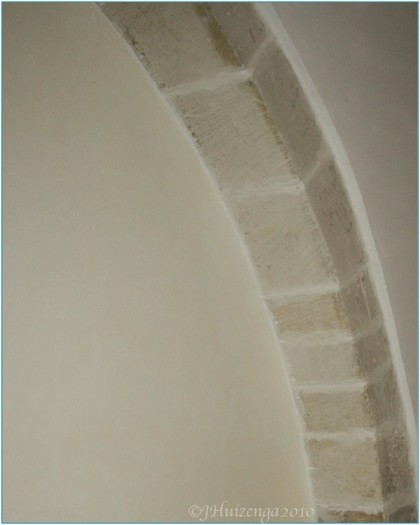
When was it constructed? Stay tuned. Maybe someday I’ll figure it out. Perhaps you have an insight?
***
For more on the Muslim rule of Sicily, click here.
***
Click to leave a comment.
Click to subscribe.
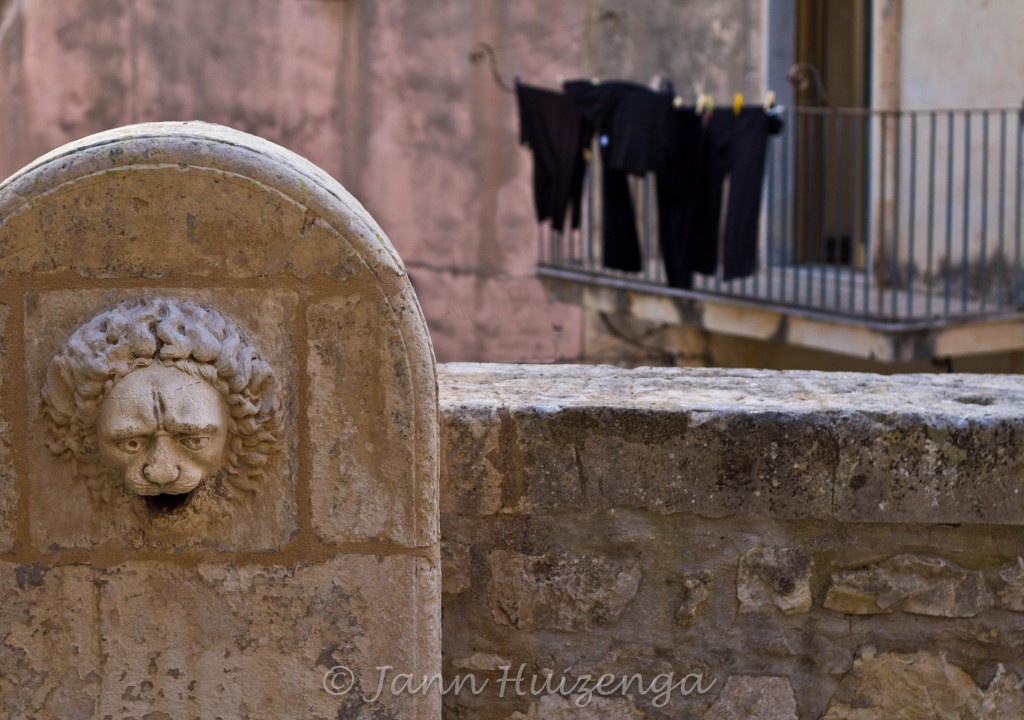

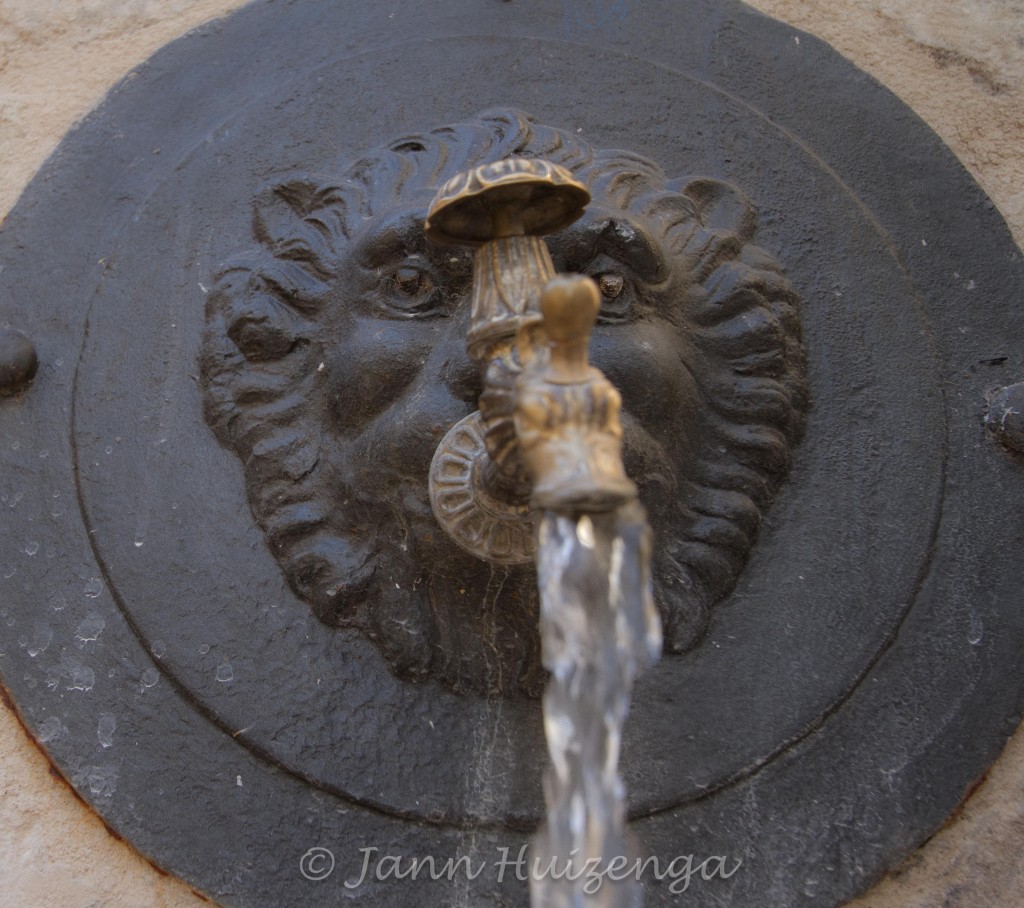
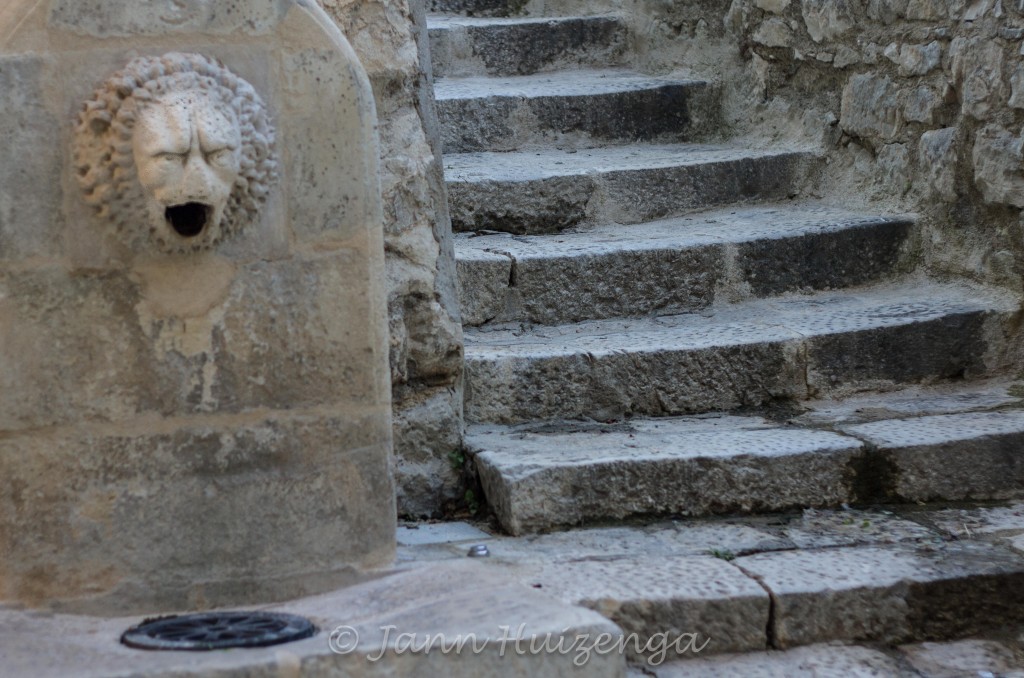

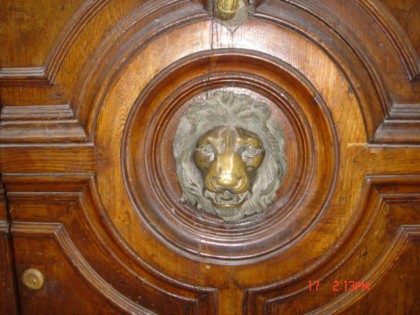

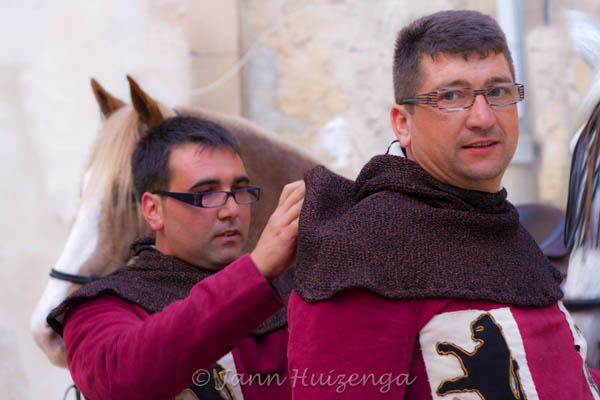
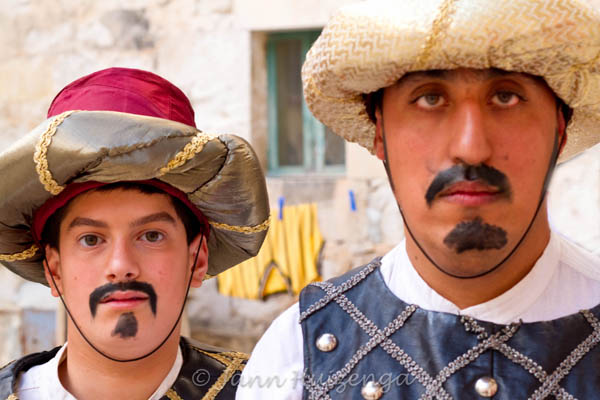


 It’s not as beautiful as those North African doors, I know, and the curved thingamajig is way up top rather than in the middle of the arch, but still … it makes me wonder. It’s certainly not a pure Roman or Greek arch (more on that below).
It’s not as beautiful as those North African doors, I know, and the curved thingamajig is way up top rather than in the middle of the arch, but still … it makes me wonder. It’s certainly not a pure Roman or Greek arch (more on that below).
